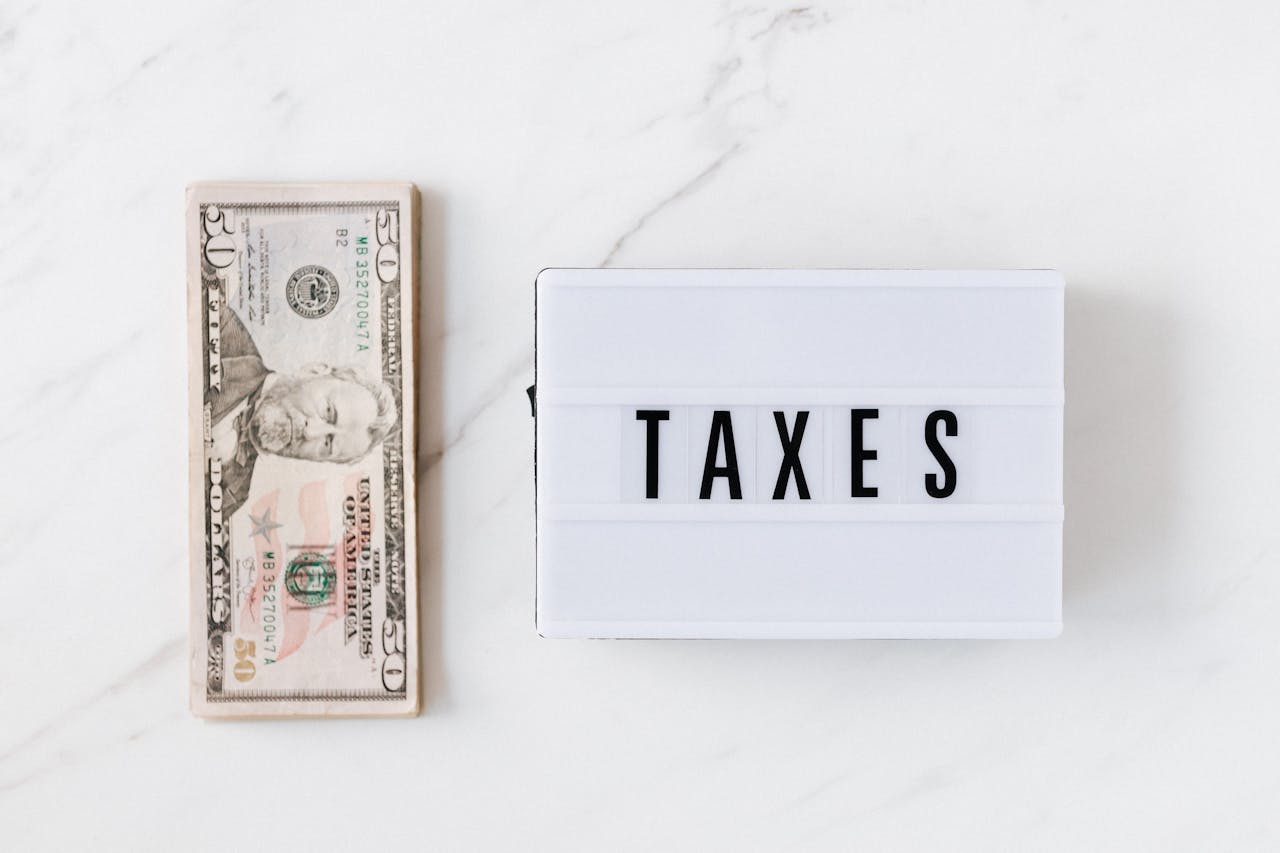
Running a business involves numerous moving parts from managing day-to-day operations to planning for long-term growth. One area that is often overlooked, however, is the potential power of tax incentives. While taxes may not sound exciting, understanding the opportunities they provide can directly influence how much cash stays in your business and how quickly you can scale.
Think of tax incentives as a means by which governments encourage businesses to innovate, expand, and contribute to the economy. They’re not just financial loopholes; they’re tools designed to reward strategic thinking and smart decision-making.
Why Tax Incentives Matter for Businesses
At their core, tax incentives are government-backed benefits that reduce the amount of tax a business needs to pay. This could mean deductions, credits, exemptions, or rebates, depending on the program and industry.
Imagine you own a small café that recently decided to install energy-efficient refrigerators and lighting. Not only do you save on electricity bills, but you may also qualify for an energy-related tax incentive. That means your investment not only pays off in reduced monthly costs but also comes with a financial “thank you” from the government.
For larger industries, the scope gets even bigger. Tech companies, for example, often utilize research and development (R&D) incentives to offset the costs of innovation. Manufacturers upgrading equipment may qualify for capital allowances. Even companies in the creative sector—such as film production—sometimes receive special recognition for projects that enhance local culture and employment.
Real-World Benefits Across Industries
The beauty of tax incentives lies in their versatility. They’re not limited to one type of business but can be found in nearly every sector:
- Healthcare: Hospitals that invest in new medical equipment often receive accelerated depreciation benefits, allowing them to claim deductions sooner.
- Agriculture: Farmers who use sustainable practices, such as solar-powered irrigation, may qualify for green energy incentives.
- Technology: Startups experimenting with new software or hardware can claim R&D tax credits to ease the cost of innovation.
- Retail: Stores that make energy-efficient renovations can reduce their taxable income while lowering long-term operating costs.
In each case, the incentives aren’t just about saving money in the short term. They free up resources, allowing businesses to reinvest in growth whether that’s hiring more staff, upgrading systems, or expanding into new markets.
How Tax Incentives Drive Growth
It’s easy to think of tax incentives as a simple money-saver, but the impact is more strategic. By reducing tax burdens, businesses can:
- Improve cash flow: More funds are available for immediate reinvestment.
- Encourage innovation: Incentives reward companies that take risks and develop new products or processes.
- Support sustainability: Programs often align with eco-friendly practices, providing businesses with a financial incentive to make greener choices.
- Boost competitiveness: A company that reinvests wisely often stands out in its industry.
Consider a mid-sized manufacturing firm that upgrades its machinery to meet energy efficiency standards. With the right incentive, they can offset part of the upgrade costs, reduce long-term bills, and market themselves as a green business. Not only does this improve their bottom line, but it also enhances their brand reputation with eco-conscious customers.
Making the Most of Incentives
Of course, knowing incentives exist isn’t enough. You need to use them effectively. The rules can vary depending on location, industry, and business size. Some are straightforward, while others require careful planning and documentation.
This is where professional guidance is often needed. Specialists can help businesses identify the right opportunities, apply for them, and make sure compliance is maintained. It’s not just about ticking boxes, it’s about maximizing the benefits in a way that aligns with your overall growth strategy.
When used wisely, programs such as tax incentives by InCorp Advisory can give businesses a real competitive edge. Whether you’re just starting out or already established, having the right approach to incentives can transform financial planning from a reactive chore into a proactive growth driver.
A Broader Perspective
Tax incentives don’t just benefit individual businesses, they also strengthen entire economies. By encouraging companies to innovate, hire, and invest in greener technologies, governments are effectively shaping future industries.
This is especially visible in the global push toward sustainability. Incentives for renewable energy adoption or electric vehicle manufacturing are not just about cost savings they’re about preparing economies for long-term resilience. It’s a classic win-win scenario: businesses save money, and societies benefit from healthier, more sustainable development.
To put it in perspective, tax incentives operate similarly to grants or subsidies. They’re tools of economic policy that nudge industries in directions that benefit both businesses and the public at large.
Also Read: The Role Of Value Added Services In Modern Accounting Tax Practices
Final Thoughts
For many business owners, taxes are simply seen as an unavoidable expense. However, with the right strategy, tax incentives can be more than just a financial break—they can serve as a stepping stone toward innovation, sustainability, and lasting growth.
Whether you’re running a small local operation or scaling a larger enterprise, taking the time to explore what incentives apply to your situation can pay off in unexpected ways. After all, smart financial planning isn’t just about cutting costs—it’s about creating opportunities.








